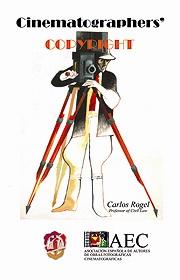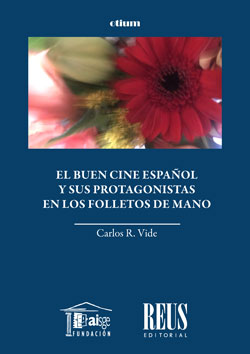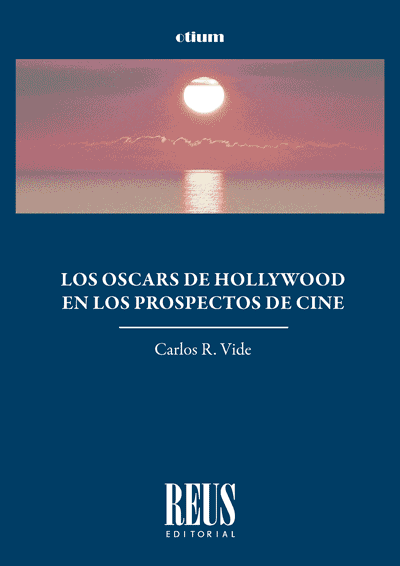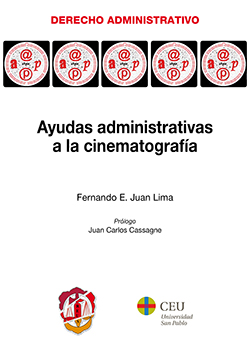I. GENERAL APPROACH
1. Cinema; Article 10.1.d) of the Intellectual Property Law and Article 86.1 of the same; author or authors. Essential Articles of the Intellectual Property Law relative to authors; Articles 5.1, 1 and 7.1
2. The cinematographic work; Hollywood Oscars; cinematographic work: work with plurality of authors, work of joint creation and not collective
3. Cinematographic work authorship; Article 87 of the Intellectual Property Law; reverential reading of the text; Law 17/66 derogated; Article 87 of the Intellectual Property Law contains –for some– a closed list
4. Arguments to defend the co-authorship of directors of photography in the cinematographic work: qui tacet non altrui consentire videtur; the line of argument a simile and the possible analogy game; voluntas legis and voluntas legislatoris
5. Regulation interpretation criteria; Article 3.1 of the Civil Code. Systematic interpretation; Article 87 of the Intellectual Property Law presupposes a series of Articles that precede it. The essential element in cinema are the images. Article 10 of the Intellectual Property Law: a list of works not intended to be exhaustive but by way of illustration. Article 3 of the Intellectual Property Law on the cinematographic works of 1966, legislative precedent appropriate for interpreting Article 87 of the Intellectual Property Law
6. Royal Decree 526/2002 of 14 June which regulates measures for fostering and promoting cinematography and making co-production films
7. Photographs, simple photographs and cinematographic photography
II. THE MATTER IN THE LIGHT OF HISTORY AND COMPARATIVE LAW
1. The matter in the light of History, with particular reference to Spain: the beginning of cinema; the Berne Convention and its various reviews –Berlin, 1908; Rome, 1928–; the French Bill on Cinematography of 1939
2. Spanish Law 17/1966 on intellectual property rights in cinematographic works; Article 87 of the current Spanish Intellectual Property Law; people who have participated in the creation of audiovisual work; numerus clausus or numerus apertus of authors; instructions on the photographs; creative role of the director of photography
3. Comparative law. The matter in Latin America. Plurality of systems
4. The matter in the Member States of the European Union. Plurality of systems
5. The matter in the European Union Directives on rental and lending rights, satellites and duration and their impact on audiovisual work authorship
6. The report of 6 December 2002 from the Commission to the Council, the European Parliament, and the Economic and Social Committee on the question of authorship of cinematographic or audiovisual works in the Community and its review
III. RECAPITULATION AND PROPOSALS FOR THE FUTURE
IV. DIRECTORS OF PHOTOGRAPHY AND AUDIOVISUAL WORKS IN THE NEW SPANISH LAW ON CINEMA
1. Law on Cinema. Preamble of the same. Article 1 of the Law
2. The creative artists of audiovisual works..
3. The co-authors
4. The director of photography as co-author of the audiovisual work
5. Law on Cinema Law, integrated by general legal regulations. The so-called nationality of audiovisual works. Spanish director of photography, director of photography/author
6. The authorship of the director of photography, determined in accordance with the entire Spanish Legal System and also in accordance with the Intellectual Property Law. Of the derogation of laws. Article 2.2 of the Civil Code. Express derogation and tacit derogation. The Only Derogation Provision of the Law on cinema
7. Directors of photography, copyright owners on audiovisual works. Need for an entity that administers the rights of the directors of photography. Remuneration and compensation. Rules established in the Civil Code for joint ownership. The scope of the new Law. The First Temporary Provision of the Civil Code







